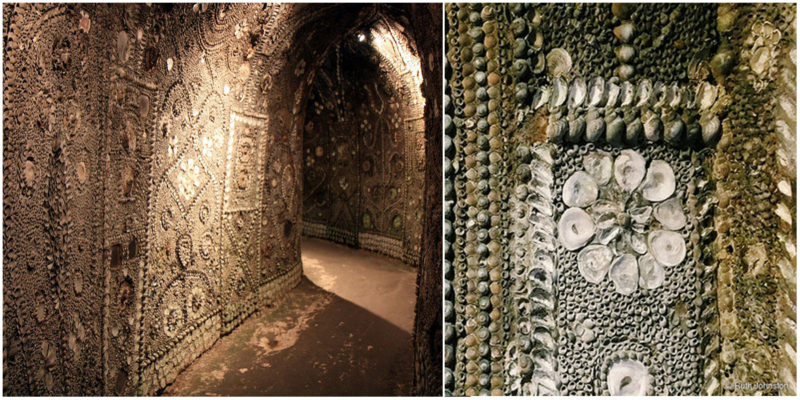Margate’s Shell Grotto is an ornate subterranean passageway with walls and roof covered in mosaics made entirely of seashells. It was discovered in 1835 in the county of Kent in South East England when the head of the nearby Dane House School, James Newlove, was digging a pond into the ground.
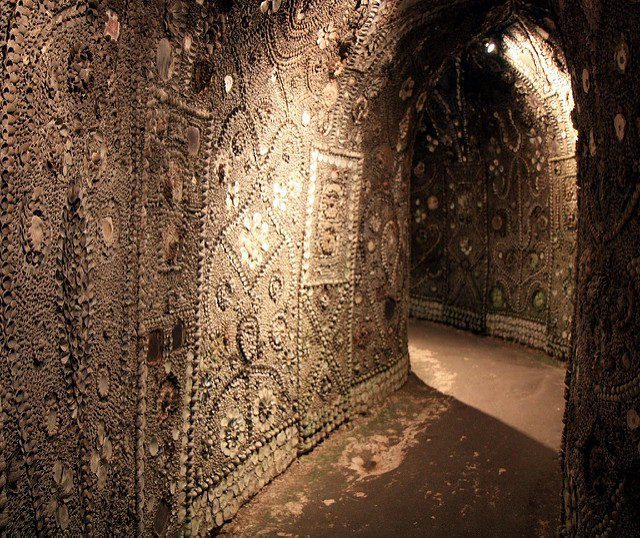
While he was digging, he discovered an empty space below the surface and he made a remarkable discovery. He lowered his young son Joshua into the hole and he found this astonishing underground palace decorated with treasures from the sea. After the accidental discovery, Newlove installed gas lamps to illuminate the ornate passageway and three years later he opened the grotto to the public.
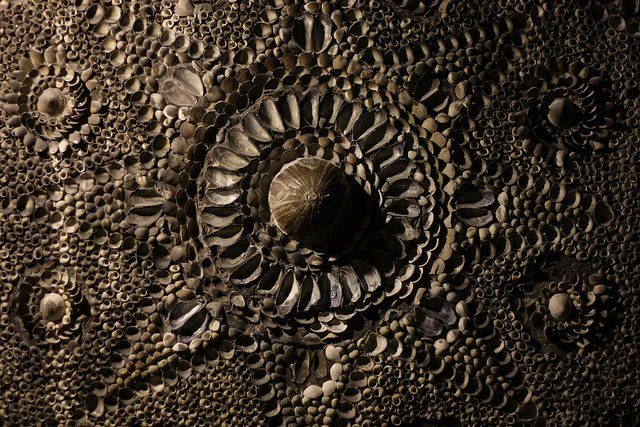
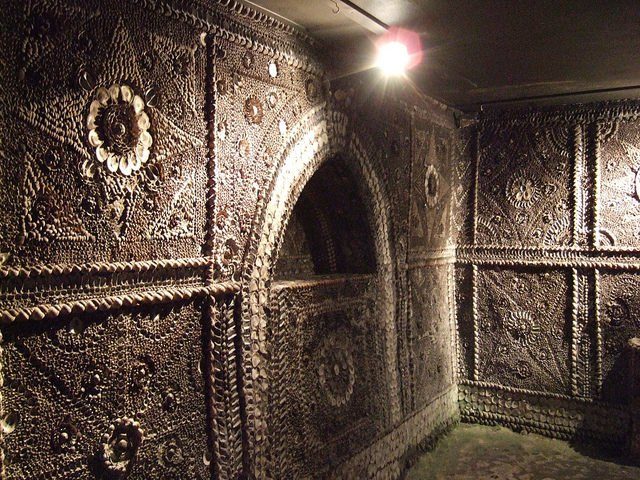
The shell decoration consists of roughly square panels, each containing a specific design or motif. The total number of shells used to make all of the mosaics is approximately 4.6 million. The shells used at the Grotto were mussels, whelks, limpets, cockles, scallops and oysters, all of which are edible.
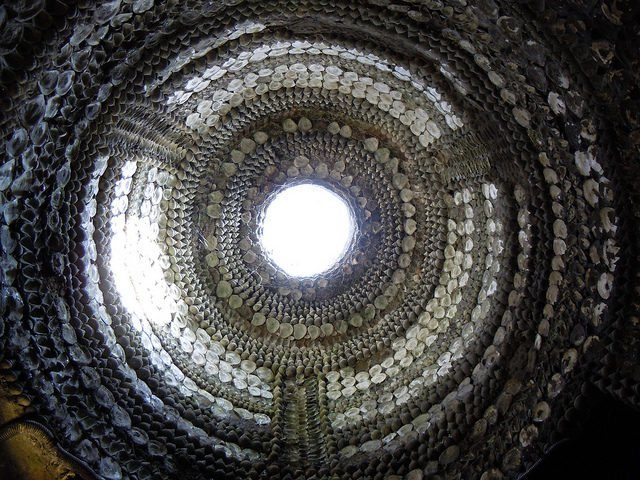
The passageways are about 2.4 meters high and 21 meters in length, terminating in a rectangular room, referred to as The Altar Chamber, which measures approximately 5 x 6 meters. The Grotto has traditionally been divided into five named sections, The Entrance Passage, Dome, Serpentine Passage, Rotunda and the Altar Chamber.
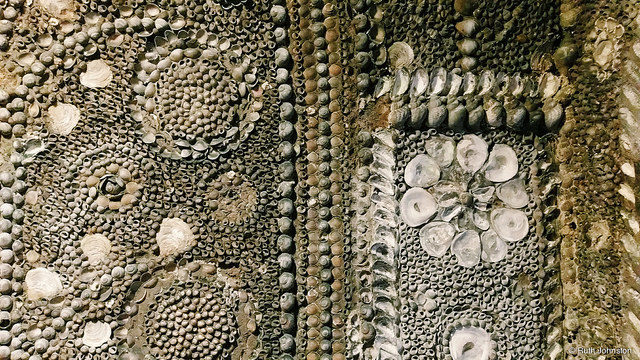
The purpose of the structure is unknown, and various hypotheses have dated its construction to any time in the past 3, 000 years. According to Treehugger, speculation over who made the cave ranges from ancient Phoenicians and Romans to members of an 18th century secret society to a wealthy Victorian wanting a folly, a fashionable statement at the time.
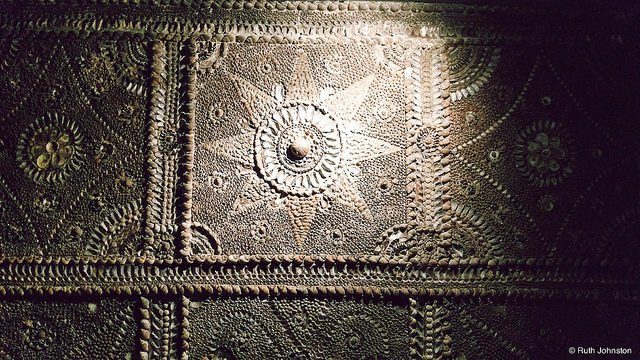
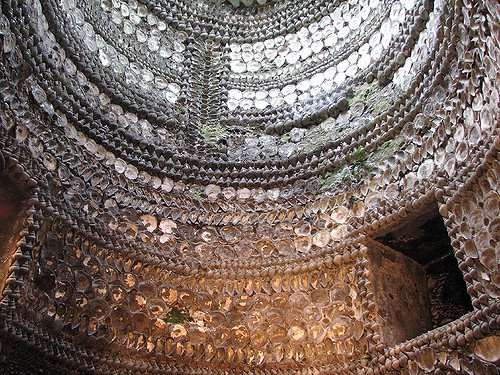
The Grotto is a Grade I listed building and is open to the public. Because there is no definitive explanation or history, the Shell Grotto is considered by many to be Kent’s greatest mysteries.
